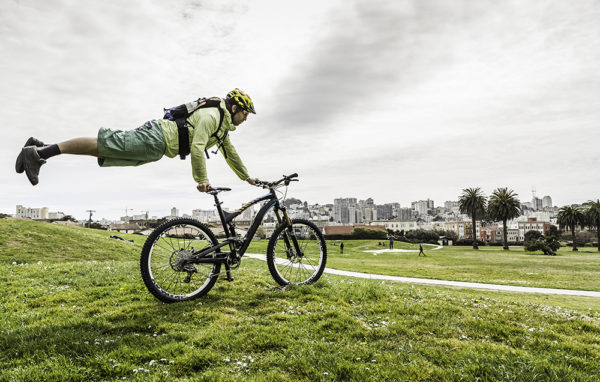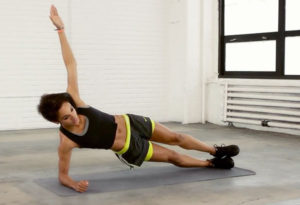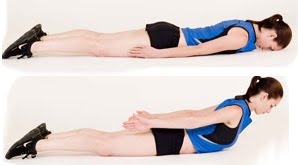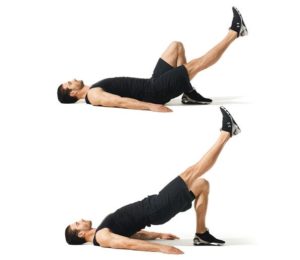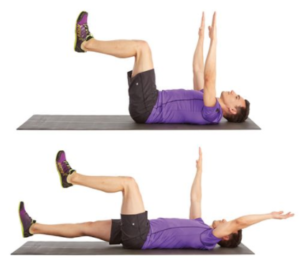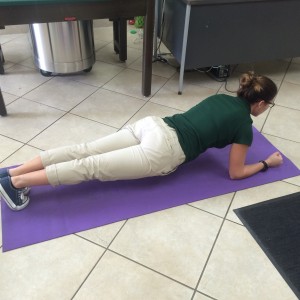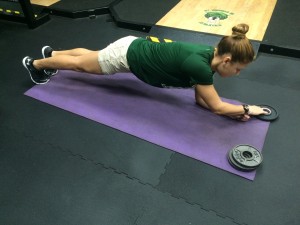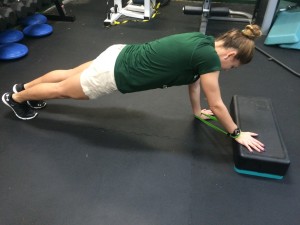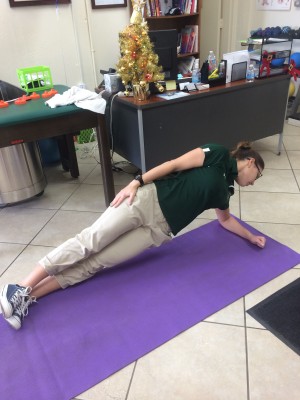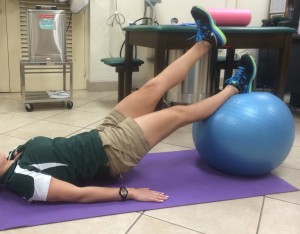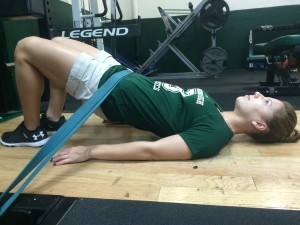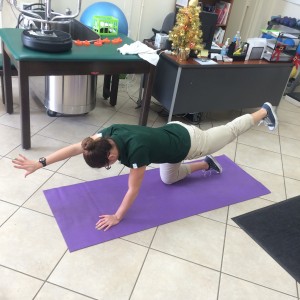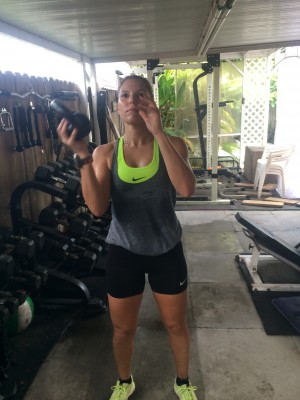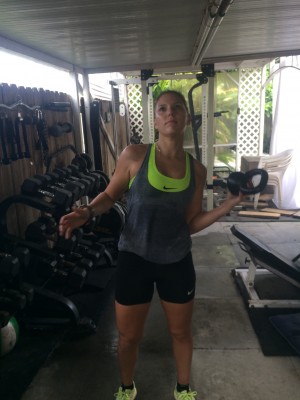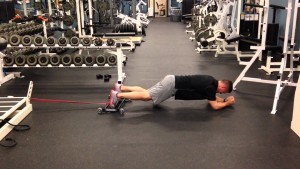Mountain biking is that unique brand of our sport notoriously responsible for its abrasions, broken bones, banged up shoulders and the odd concussion from time to time. Strength training for mountain biking should prepare us for what can sometimes be a winding trail of hostility and potential danger. That doesn’t, however, mean it’s something we should avoid.
The chance to get into nature, explore new technical paths and take in the beautiful scenery are what biking outside is all about. Preparing our bodies to handle the sudden drops, body jolts, jagged turns and unorthodox terrain means we can enjoy ourselves with a built-in insurance policy that protects us from injury and improves our cycling performance as a whole.
Becoming a better, faster mountain biker is always going to be a dynamic, ever changing goal. There are so many areas we can pay attention to for a sport that shifts focus quickly depending on where we are and how we’re riding. We have some universal tips to help and a special routine excerpt from our Dynamic Cyclist training program at the bottom for you to try!
Build Your Confidence
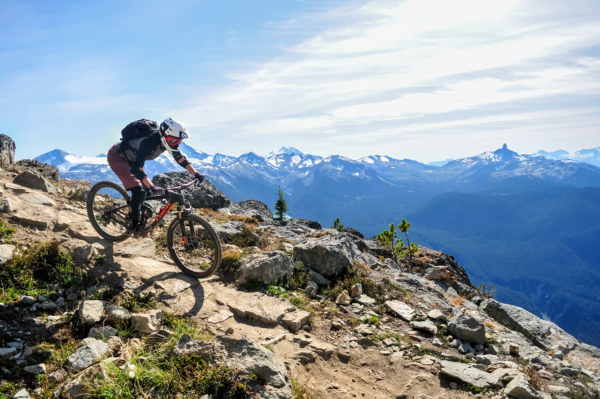
Source: Simona
It’s one thing to preach this idea, it’s a whole other to actually go out and do it. Especially when you’re careening down a mountain at God knows what speed, with every tree and boulder just waiting to stop you dead in your tracks. Exposing yourself to those situations though is precisely the way you get better at mountain biking.
The mitigation of fear is a competitive mountain biker’s innate advantage compared to the amateur rider. They have dealt with almost every situation, and understand how to control the forces that are going to be applied to them. They know their bike and they know their body, so they’re free to let go of the brake and use it all to their advantage.
Riding on different terrain, paths and trails will help educate your mind and body to be more comfortable amidst all the chaos. High confidence has been shown to be one of the few differentiators in downhill mountain biking performance. Other factors included hand grip endurance and aerobic capacity which, if you lack, could be significant performance detractors…
Improve Hand Grip Endurance & Aerobic Capacity
Source: marchsirawit/Adobe Stock
Surprise! In case that last sentence wasn’t a clue. Imagine the feeling of losing your grip on the handlebars or gasping for air with nature’s every creation flying by you at lightning fast speeds. That doesn’t sound to us like optimal conditions for the intense concentration required under such circumstances.
One of the best ways to get direct functional cross over from your mountain bike training to the trails is with the use of cables. As you can see above, the woman has her arms angled similarly to the position you’ll find yourself in on the bike. Cable machines can challenge the hands, forearms and shoulders to stabilize in a similar way to biking but with progressive loading.
For aerobic capacity, making sure to challenge yourself with lots of uphill riding is a surefire way to get your heart pumping. It’s important to remember too that your aerobic capacity and overall cardiovascular health are the first variables of fitness to decrease upon taking a break from physical activity. Quick to gain, quick to lose, so make sure you train it regularly!
Adjust Your Gaze
Source: yanik88/Adobe Stock
Where you look actually has a significant influence on your overall body position, and this plays an important part in getting the most out of your muscles on the bike. Our eyes have a stimulating effect on the muscles in whatever direction we look, which is built into our nervous systems to help anticipate movement in that direction
The pelvo-ocular response is a reflex that orients our pelvis and lower extremities based on where our eyes are looking. Because of the positions we find ourselves in while mountain biking, there can be a tendency to crane the neck upwards to keep our eyes level with the horizon. This is indeed necessary sometimes, but not all the time.
Tilting the chin too far up will cause our lower backs to arch as a result of this pelvo-ocular response, this in turn will stretch the core muscles and cause them to disengage, which is not something we want. It is instead better, when possible, to keep the spine and neck in a neutral position, retracting the chin and letting your gaze fall naturally in front of you for a tight, stable core.
Deadlift Position & Mountain Biking
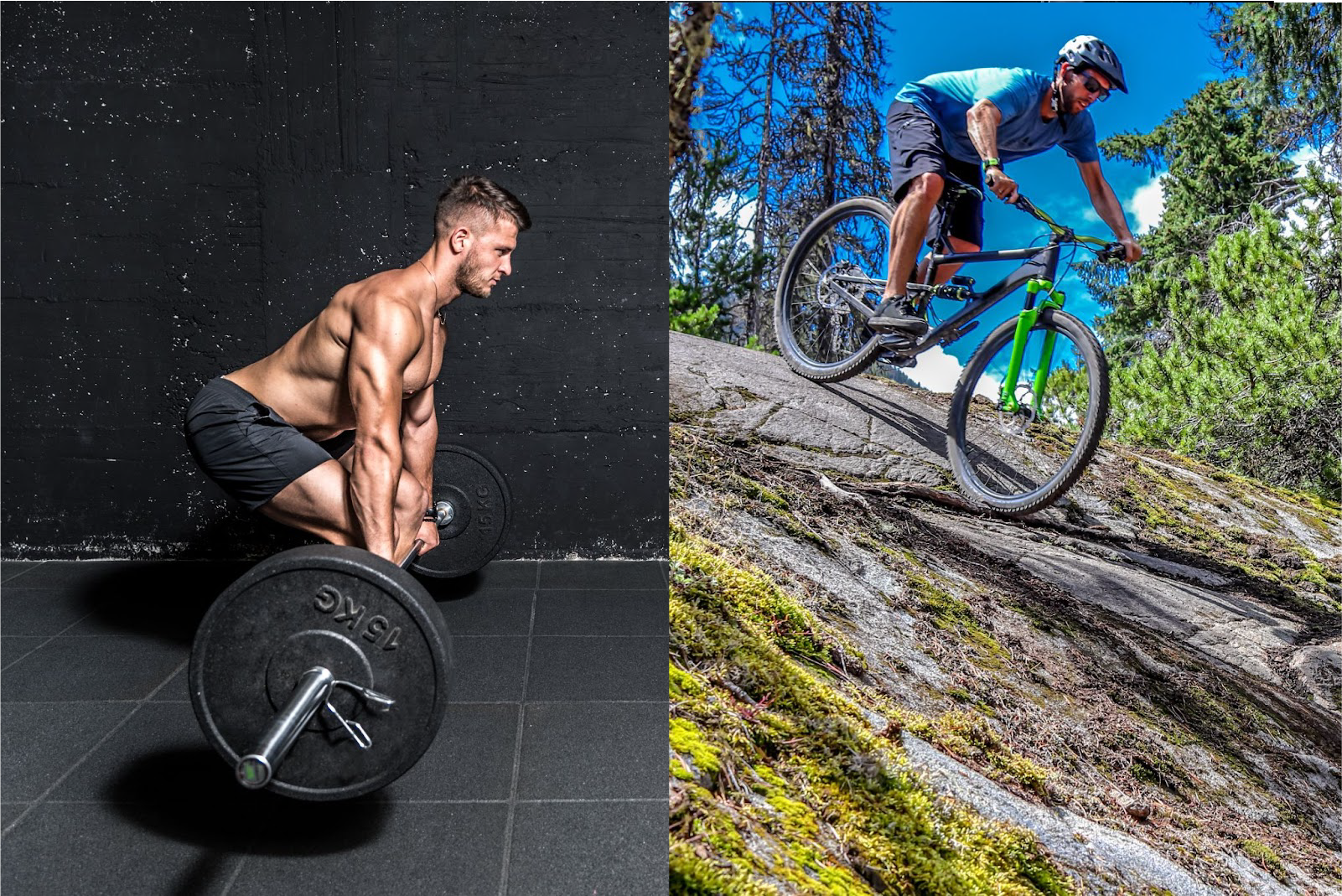
An interesting parallel to the fitness world is deadlift positioning in the gym. It has been shown that retraction of the neck and chin into a straight, neutral position helps a person to engage the erector spinae (back) muscles and exterior obliques in their core when lifting. Transferring this activation to the bike would result in far superior force production and absorption.
Ready To Get Stronger On The Bike?
Dynamic Cyclist offers an all around training platform for cyclists of all disciplines worldwide. We have comprehensive strength training workouts, injury prevention sessions, mobility and warm up routines all available with the click of a button!
Give it a try by following along today with our coach, Alisha. This is just one of the hundreds of videos from our library that is available for a low monthly subscription. Our goal is to make you a better, stronger cyclist who enjoys being on the bike and rides pain free. You can sign up here for a 7-day free trial and see what you think!
